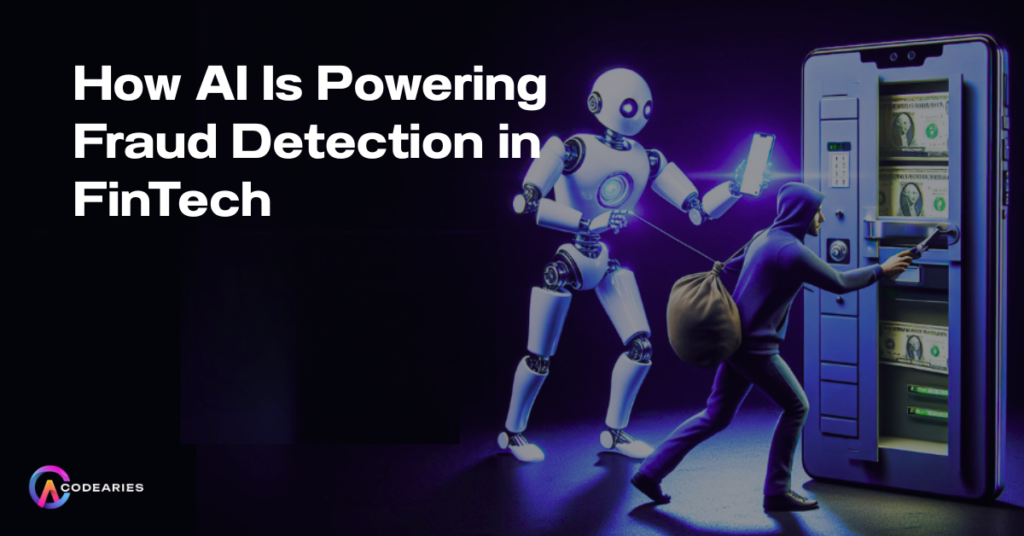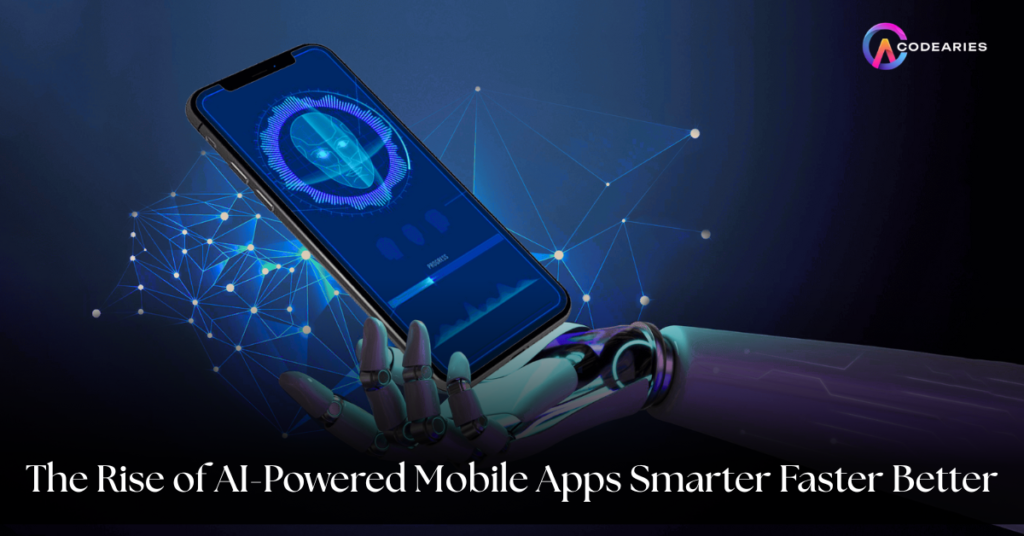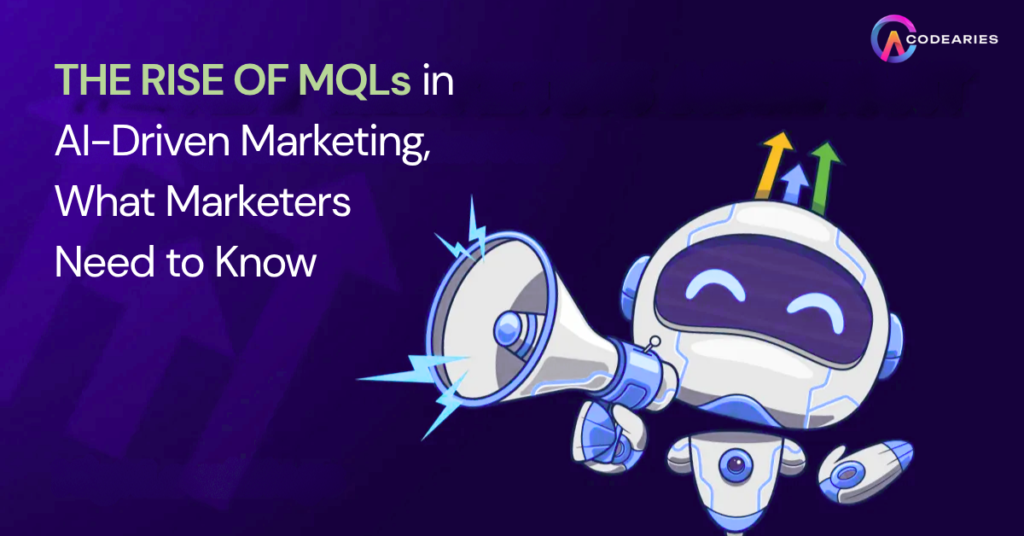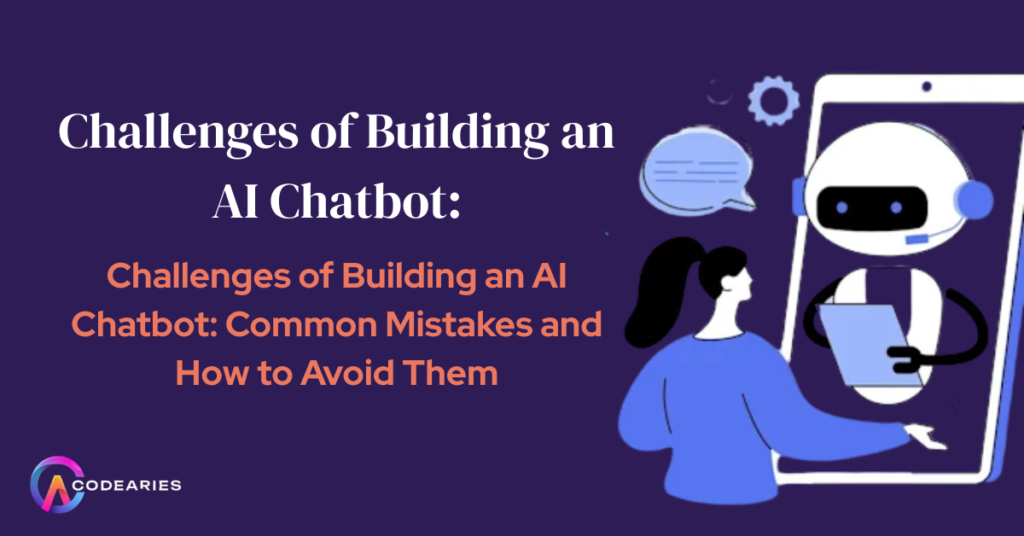How AI Is Powering Fraud Detection in FinTech
The fintech space keeps facing smarter scammers using fresh digital tools and platforms. With rapid growth pulling in huge user numbers plus massive transaction volumes, stopping fraud matters more than ever before. Old school rules and hands on checks just don’t cut it anymore. Today’s protection runs on AI, helping firms outsmart attackers through flexible, sharp, instant response systems The Challenge of Fraud in the Digital FinTech Era Fintech apps like online banks, e-wallets, crypto markets, or loan networks, draw scammers easily. Scams run from fake payments and stolen IDs to trick emails, hijacked accounts, bogus signups, card trials, made up profiles, dirty cash flows, or mind games. When tricks evolve quietly, old rule based checks miss red flags fast. On top of that, reviewing shady deals by hand drags time, plus it breaks under heavy load. Ai closes this gap by spotting odd behavior automatically, shifting as scams change while picking up tips from each break in try or mistaken alert. How AI Transforms Fraud Detection Machine Learning Models for Pattern Recognition AI driven tools handle massive amounts of activity and usage info. By looking at many clues like purchase amount, place, gadget used, sign in style, how often things happen, they learn what typical behavior looks like. Odd patterns set off warnings that fraud might be happening. Instead of sticking to preset conditions, these smart systems keep adjusting, spotting fresh sneaky tricks as soon as they pop up. Real Time Risk Scoring Every time someone makes a deal, smart systems give it a risk number using old records, current context, or live threat info. If a deal looks risky, alarms go off right away, either to check it later or stop it automatically. Scoring stuff as it happens helps financial apps stay safe while making things smoother for honest customers. Deep Learning for Complex Fraud Schemes Deep neural nets break things down step by step, spotting sneaky attacks that slip past basic checks. Take smart systems, they notice scam groups when devices look nearly identical or bots hide behind tons of tiny payments. Natural Language Processing for Social Engineering AI using natural language tricks checks messages, emails, or sign up info, spotting word choices tied to scams or manipulation attempts. So it catches sneaky fraud early, stopping cash from slipping out the door. Graph Analytics for Network Discovery AI spots sneaky crime groups by tracking how people, gadgets, places, yet payments connect, using smart maps that reveal fake accounts, middlemen, even dirty cash loops tied together, this helps bust big scams hiding behind layers of activity. Benefits for FinTech Providers and Customers The end result? A more secure money world where confidence grows alongside smooth use, thanks to steady tech upgrades. Key Business Cases and Real World Impact Some fintech examples show drops in fraud damage over 60% cut while getting users signed up faster without hassle. Best Practices and Considerations How Codearies Supercharges AI Powered Fraud Detection Codearies mixes smart tech know how with practical finance skills, so you get live scam protection that fits your specific needs. At Codearies, your fintech runs strong fewer scams get through, yet users still enjoy smooth interactions Frequently Asked Questions Q1 Does Codearies work with AI fraud tools on old systems or mixed clouds? Yes, we adjust fixes to fit how your tech works, whether it’s mixed cloud setups, old school databases, or new API tools Q2 How quickly can new fraud tactics be detected by Codearies AI? Our tools keep learning on their own, so they adapt fast when fresh threats show up, no delay. As soon as new info flows in, updates kick in automatically. This means protection stays sharp without waiting around. Each change happens right away, not later. When attacks evolve, the system rolls with them smoothly Q3 Does using AI to spot scams follow money rules and protect personal info? Yes, every solution’s made with clear records plus follows local rules from the start Q4 Will AI increase false positives and user friction? Our machine learning systems get adjusted to boost precision, this cuts company losses while also preventing real users from getting wrongly flagged now and then Q5 Do I need a team of data scientists? No, Codearies handles AI plus keeps an eye on things, letting your crew spend time growing the business while helping customers For business inquiries or further information, please contact us at contact@codearies.com info@codearies.com













